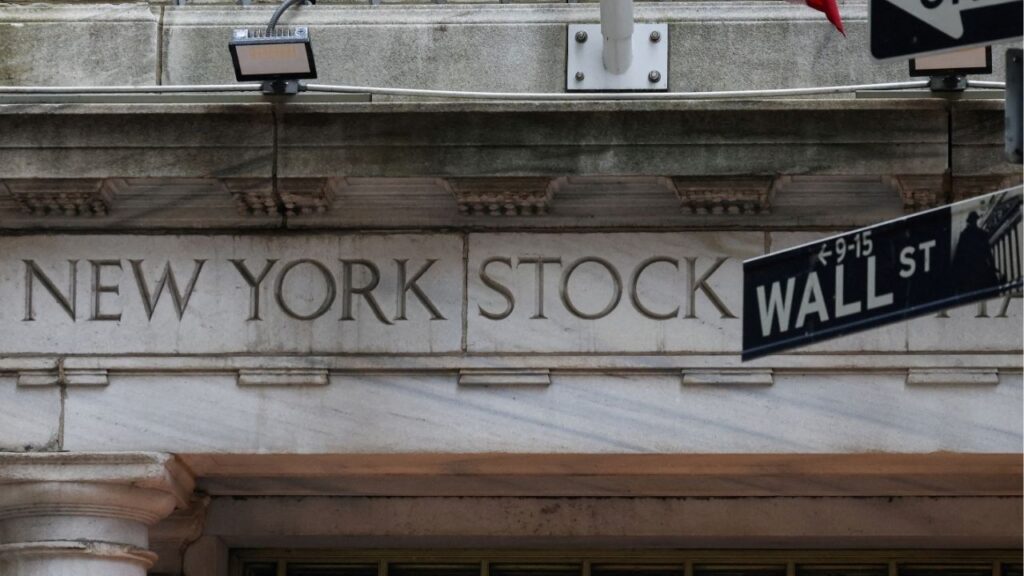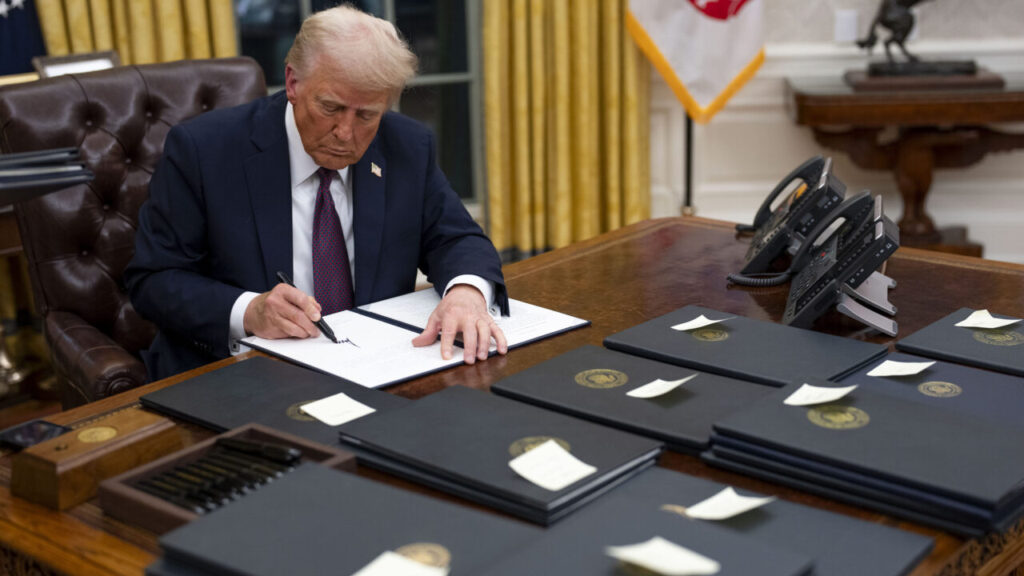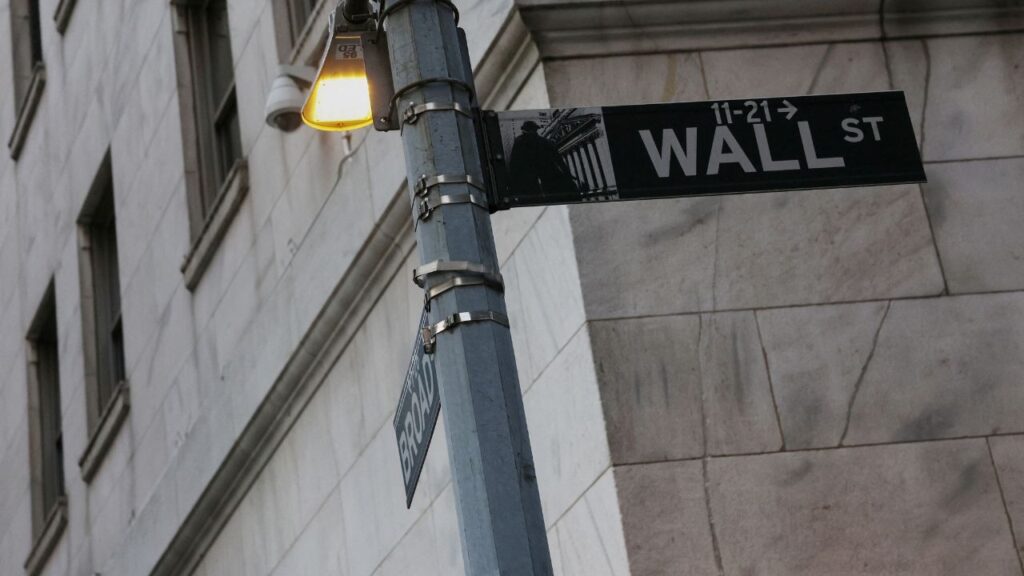US Consumer Spending Posts Big Gains
Share
WASHINGTON — U.S. consumer spending surged 0.9% in March, the biggest gain in nearly a decade, as inflation pressures remain non-existent.
Incomes grew 0.1% in March while inflation rose just 0.2% and has risen only 1.5% over the past 12 months, far below the Federal Reserve’s 2% target for inflation.
The March gain was the biggest monthly increase since August 2009, the Commerce Department reported Monday. That’s a marked improvement after three months of lackluster readings in this key segment of the economy. Consumer spending accounts for 70% of economic activity.Incomes grew 0.1% in March while inflation rose just 0.2% and has risen only 1.5% over the past 12 months, far below the Federal Reserve’s 2% target for inflation.
The big jump in consumer spending is encouraging because it suggests that the overall economy had solid momentum going into the April-June quarter.
The government reported Friday that the economy, as measured by the gross domestic product, grew at a surprisingly strong 3.2%, helped by the March surge in consumer spending. However, economists noted that about half of the first quarter strength came from a big rise in inventory stocking by businesses and by a sharp narrowing in the trade deficit. Both of those gains were expected to be temporary and that could subtract from growth in the current quarter.
The Household Saving Rate Fell to 6.5%
The 0.9% March jump in spending followed a sharp 0.6% drop in December and tiny gains of 0.3% in January and 0.1% in February. The slight 0.1% rise in incomes in March followed a modest 0.2% rise in February and a 0.1% decline in January.
The 1.5% year-over-year increase in consumer prices was up from a 1.3% 12-month gain in February but still well below the Fed’s target.
With the big rise in spending and the small increase in incomes, the household saving rate fell to 6.5% of after-tax income in March, the lowest level since November when it was 6.2%.The 1.5% year-over-year increase in consumer prices was up from a 1.3% 12-month gain in February but still well below the Fed’s target.
The absence of inflation pressures was a key reason that the central bank did an about-face this year and announced that after boosting its benchmark interest rate four times in 2018, it planned to be “patient” and expected that it would not raise rates at all in 2019.
That change has helped spur a big rally in the stock market as investors stopped worrying that the Fed was in danger of over-doing its credit tightening campaign and might drive the economy into a recession.
RELATED TOPICS:
Categories
Latest
Videos

Economy /
2 hours ago
Wall Street Ends Mixed at the Top of the New Year

Latest /
3 hours ago

















